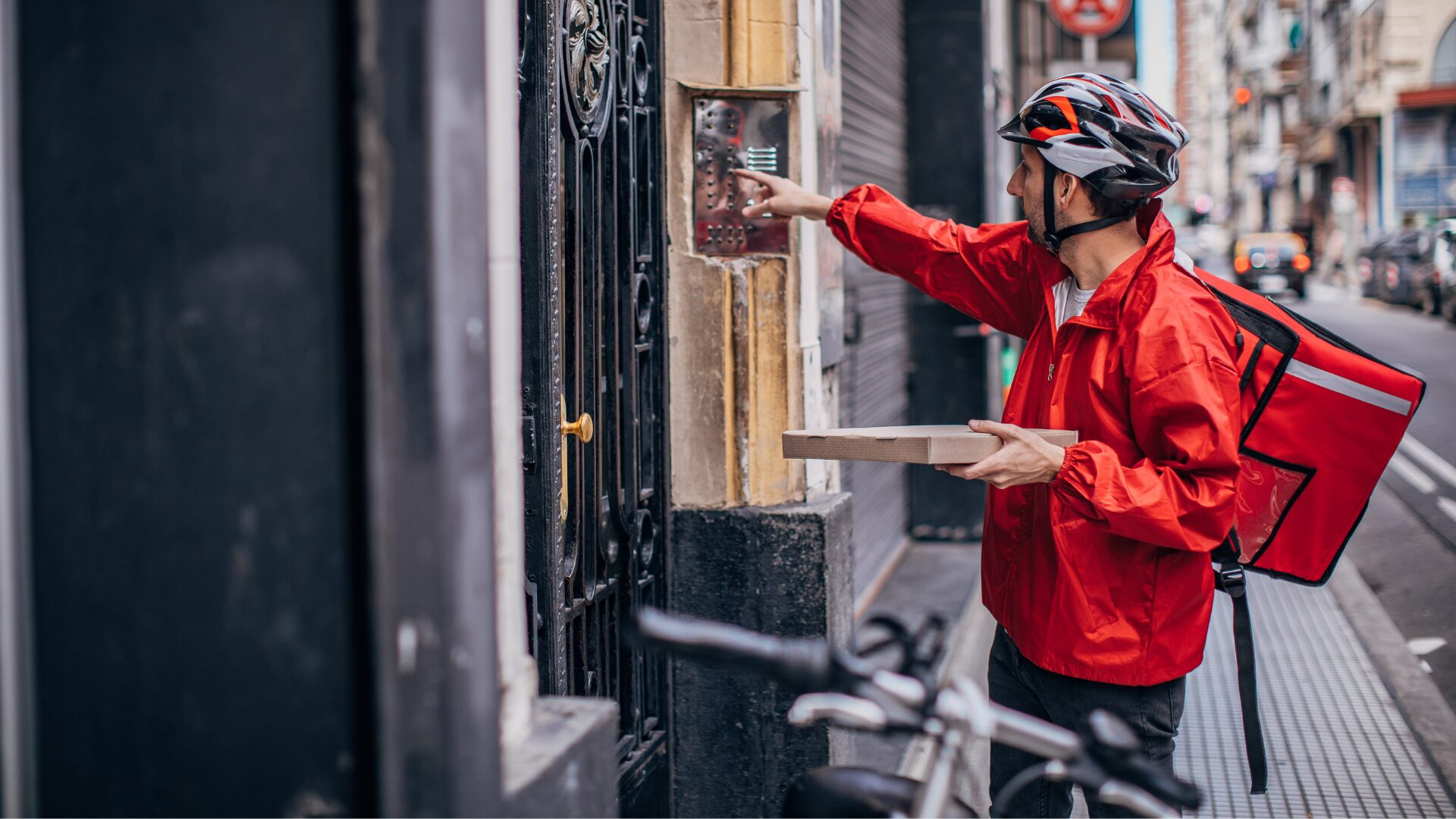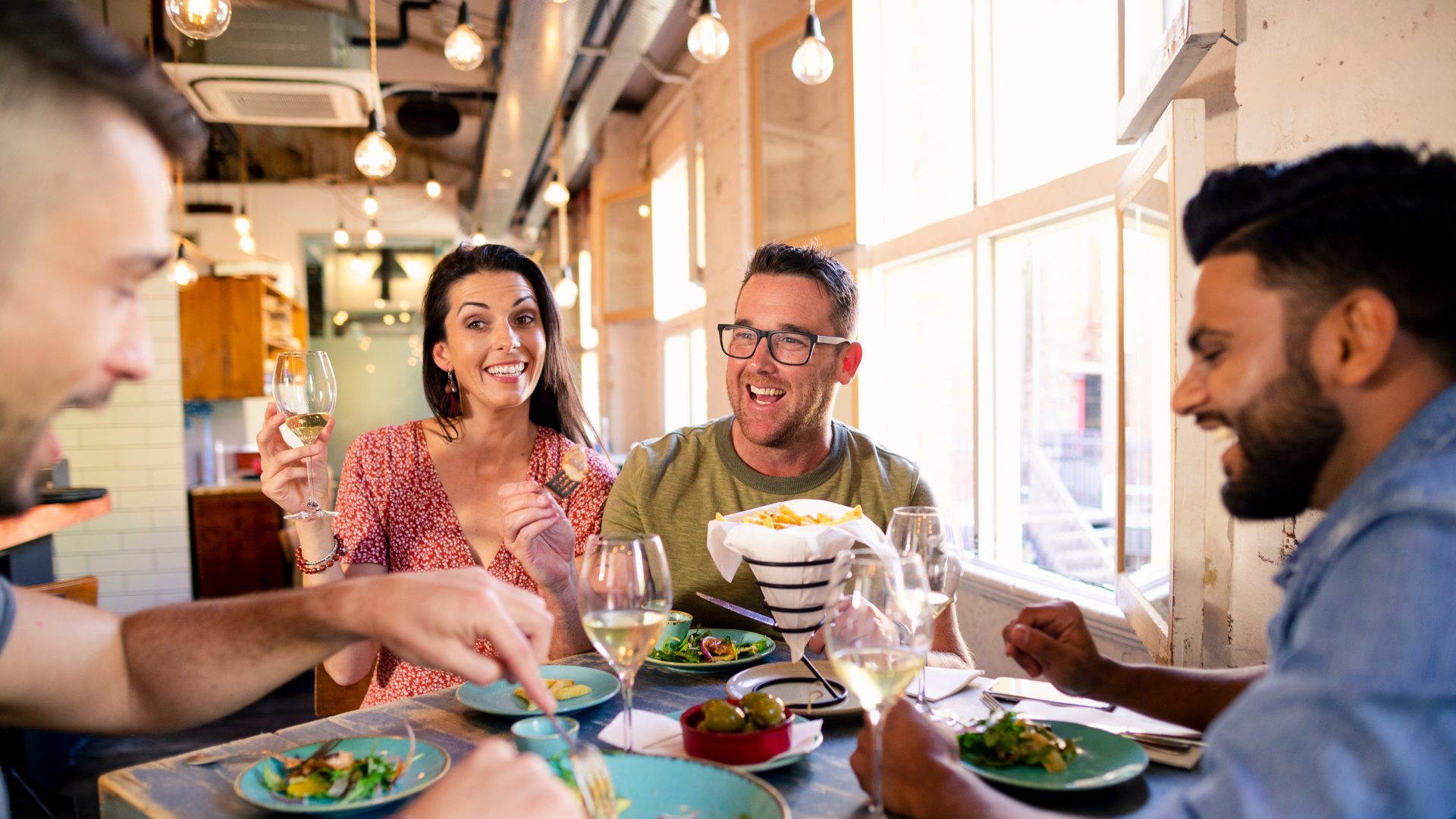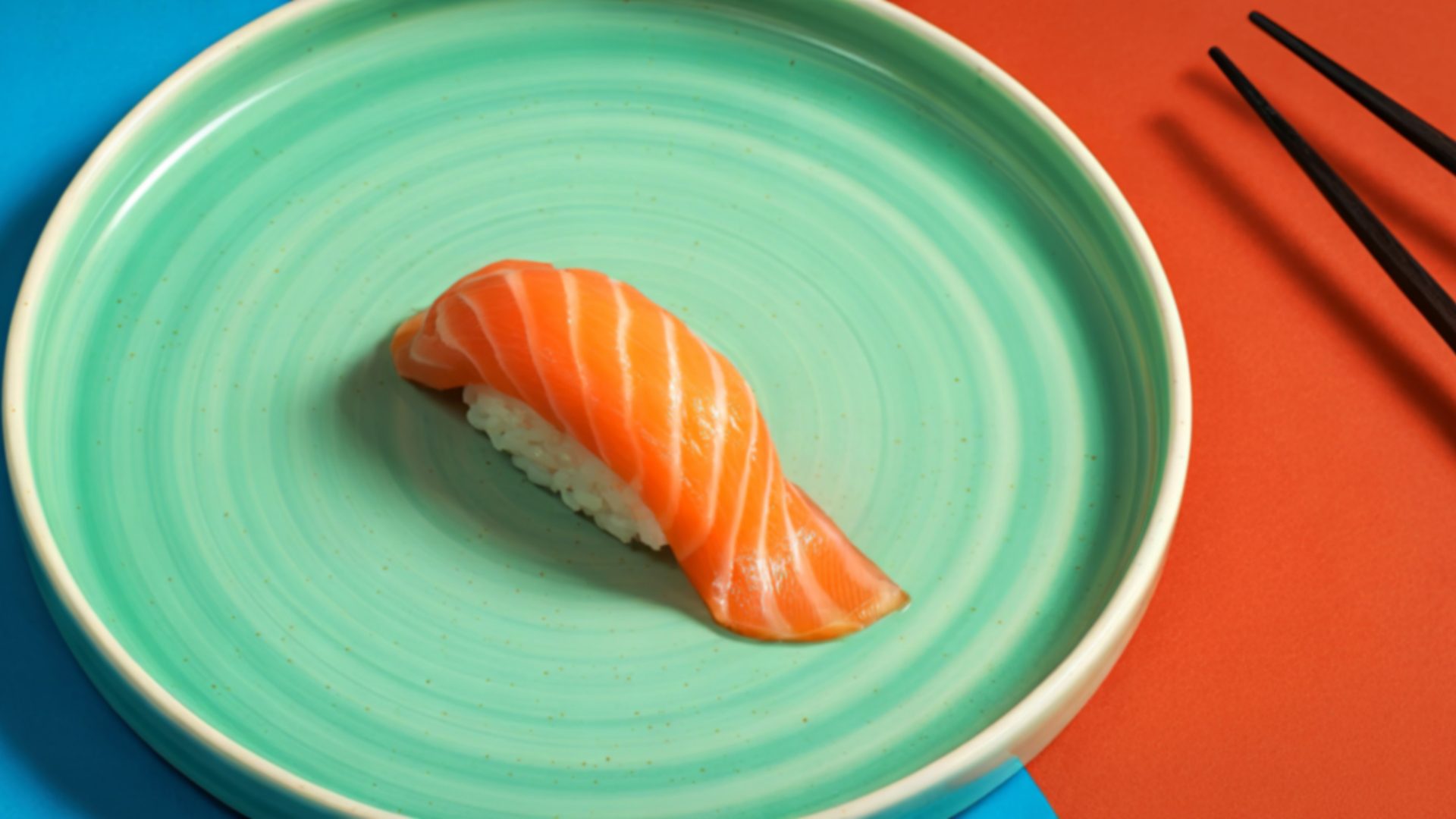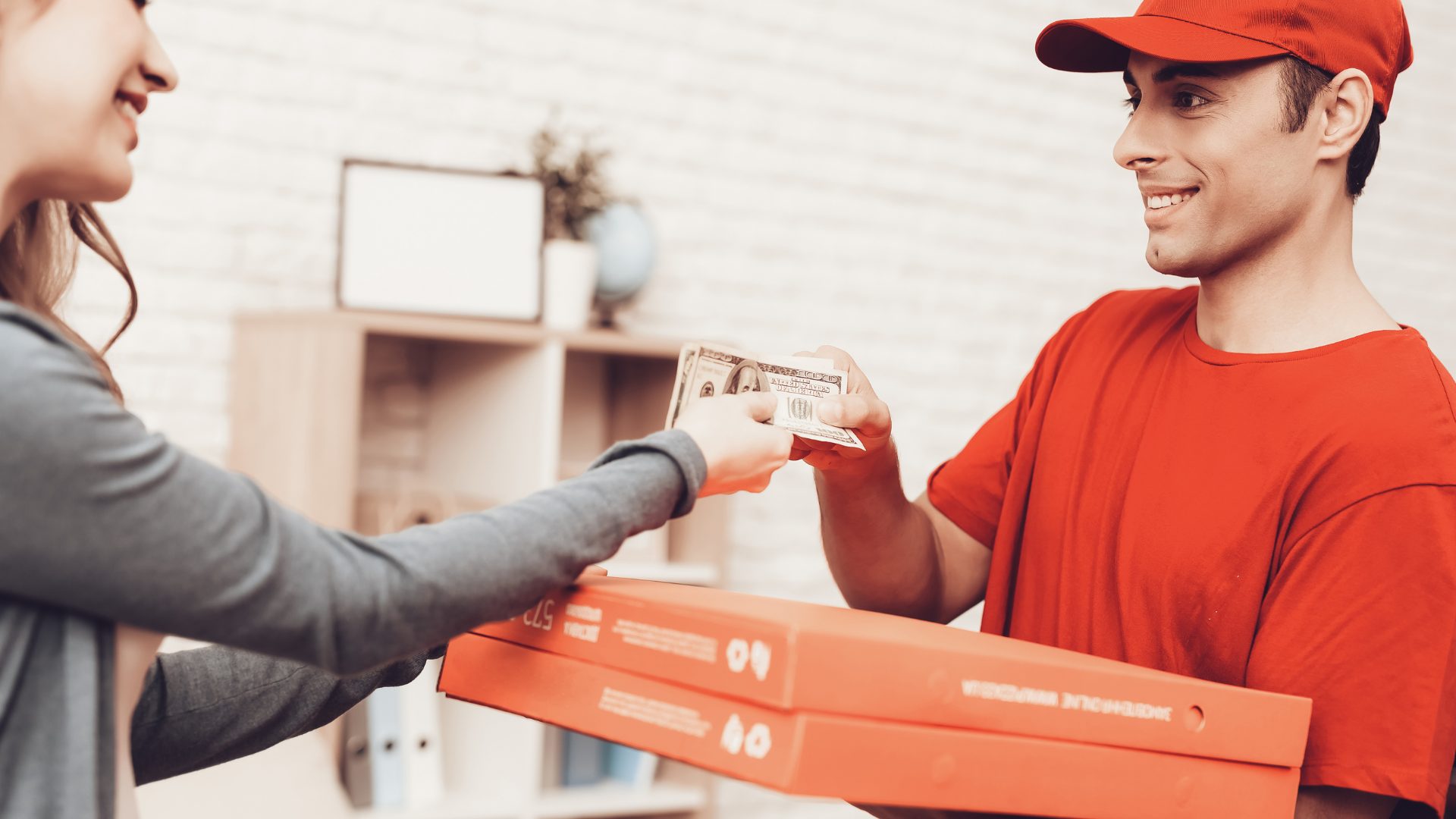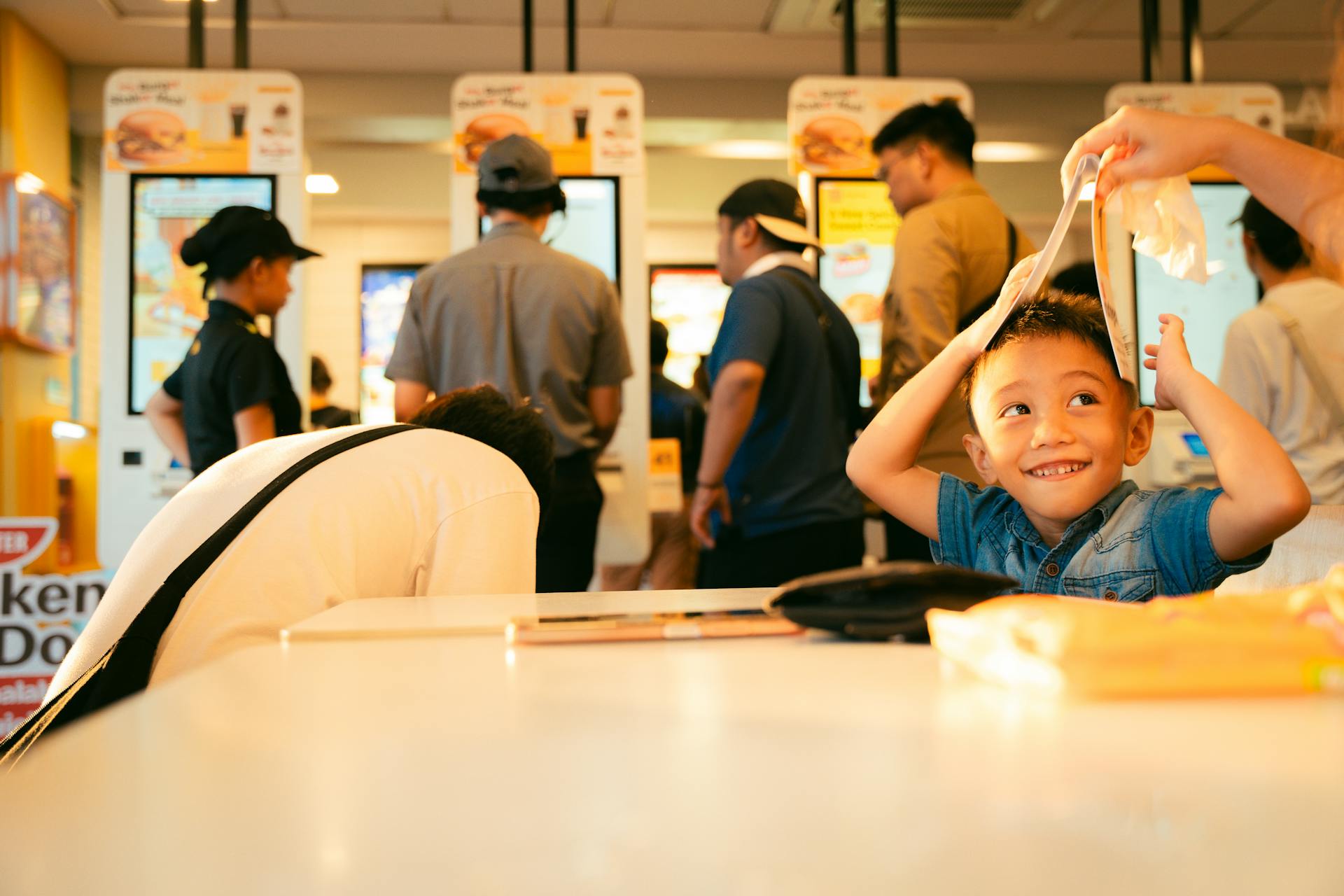Food delivery apps, such as Uber Eats, Instacart, DoorDash, and Grubhub, have recently taken steps to up their competition, whether by partnering with more food and beverage businesses, making strategic acquisitions, or revealing aggressive plans for the year ahead.
These platforms endeavor to gain market share from the roughly 28.2% of Americans who use these services on a weekly basis, according to data fielded in December 2024 from YouGov.
Although research generally agrees that DoorDash is winning in the overall U.S. food delivery segment, Uber Eats and Grubhub are close on its tail. YouGov polling shows DoorDash has the largest share of consumer consideration, with 27.4% of consumers indicating they would visit the website, versus 24.1 for Uber Eats, and 12% for Grubhub.
Market share additionally shows DoorDash’s historical lead over the other challenger brands.
However, these sources often fail to appropriately distinguish between foodservice and grocery delivery as key differentiators. Instacart, for example, is primarily a grocery delivery service and leads in the segment, notes Emarketer. To further compete with the overall market, it added restaurant delivery capabilities mid-last year in partnership with Uber Eats.
Grubhub and DoorDash, on the other hand, primarily offer restaurant services, but, like Instacart, have recently invested in food offering diversification.
The Quest for Loyalty
The domestic online food delivery market is projected to hit $430.85 billion by end or year, according to Statista, demonstrating the opportunity of doubling down on operational execution strategies.
Implicit in third-party delivery app recent moves is the central question: what do consumers want from their food delivery app?
Gridwise Analytics’ Annual Gig Mobility Report 2025 offered some insight. For consumers, lower delivery fees, and improved app usability were among top considerations.
Recent industry moves have better positioned these third-party delivery services to compete on these characteristics.
On the other hand, these platforms must entice merchant partners, i.e. grocers and restaurants, which accounts for many technology-related acquisitions food delivery services have been engaging in.
DoorDash
Within one week of each other, DoorDash has announced plans to take on the U.K. market through a $3.9 billion acquisition of British rival Deliveroo as part of a plan to expand its business in Europe, Asia, and the Middle East, while also improving its services domestically by purchasing NYC-based software company SevenRooms.
“We believe both SevenRooms and Deliveroo will expand our ability to build world-class services that increase our potential to grow local commerce and support our financial goals,” said DoorDash in a statement.
The Deliveroo purchase indicates the grocery delivery service’s appetite for expansion and security in its domestic position. It is lockstep with similar domestic foils, including partnerships with Domino’s to take over their first-party delivery process, and a host of grocery expansions in Q1 including with regional chains such as Uncle Giuseppe’s Marketplace and Westside Market.
DoorDash’s tech-based acquisition also endeavors to help it compete with merchant services, to help them grow in-store and delivery sales, notes the platform.
Other recently announced tools include AI-powered menu tools to help restaurants create visually pleasing menus, as well as improvements to live order management, customer support, and scheduling and stock management.
Instacart
Grocery delivery darling Instacart is similarly investing in technology to support the next stage of growth. The recent departure of CEO Fidji Simo, who moves to OpenAI later this year, embodies the idea that food delivery companies operate as technology services.
Over the past few years, it’s been busy to take the lead on a “growth-by-tech” approach to M&A activity. Most recently, the service announced its acquisition of e-commerce solutions company Wynshop, which provides services to top grocers such as Wakefern.
“By offering our partners an array of enterprise-grade solutions, we can help them better serve customers and drive sales,” said Chris Rogers, chief business officer at Instacart, in a statement about the Wynshop acquisition. He added that the service will improve retailer relationships and bring new enterprise solutions capabilities to the platform.
It is the company’s sixth acquisition and fits neatly into its software-focused portfolio which also includes Caper Cart progenitor CaperAI, Eversight, FoodStorm, Rosie, and Unata.
Uber Eats
Improving its bread-and-butter grocery vertical, Uber Eats recently announced a decision to partner with Family Dollar for its delivery services, adding 5,000 locations to its platform.
This decision indicates the food delivery giant is betting big on an economic downturn, or, at least, an economic uncertainty that may boost same store sales for the discount retailer, with a consumer base of lower-income households.
The decision came as somewhat of a shock, as it followed news that Dollar Tree recently sold the retailer for $1 billion, nine times less than its purchase price in 2015.
In late Q1, Uber Eats also revealed a play for the NYC area by adding local e-commerce service FreshDirect to its platform. The move enables it to go toe-to-toe with the likes of Grubhub, which lags behind nationally, however, maintains a strong presence in the area.
Like DoorDash, Uber Eats is also eyeing international expansion opportunities. On May 6, it acquired a majority stake in Turkish food delivery platform Trendyo! GO in a $700 million transaction.
Wonder
Early this year, Wonder Group, a super app endeavoring to build a food app that unites food halls, meal kits, food delivery, and more, acquired Grubhub from parent company Just Eat Takeaway in a deal valued at $650 million. Since then, it has made aggressive moves towards expansion and cultural connection.
On the expansion side, it recently closed its latest funding round, raising $600 million to grow its physical retail footprint from 46 to over 90 by the end of the year, according to entrepreneur and Wonder founder Marc Lore in a LinkedIn post. New locations will develop the brand’s presence throughout the Northeast, primarily in Philadelphia and Washington D.C. markets.
Simultaneously, the brand made a play for New York City by reviving Seamless, a food delivery service that was acquired by Grubhub in 2013; however, has remained a preferred app by locals.
The Food Institute previously reported that Grubhub trails other services when it comes to national food delivery, capturing only about 5% market share, however, has maintained a 22% market share in the NYC area.
Seamless is partnering with local institutions, including Katz’s Delicatessen and Adel’s Famous Halal Food to offer unique food promotions to its community.
The Food Institute Podcast
It’s tariff time, and companies the world over are working to better understand how their operations will be impacted. Jodi Ader from RSM US LLP joined The Food Institute Podcast to discuss which products and inputs are currently subject to tariffs, and how to best mitigate supply chain risks.


